Depending on whose training you have, you may be familiar with any number of steps involved in project based learning. I’ve seen anything from 3-10 listed. Three seems too few and ten way too many, but they all essentially cover the same thing. Project based learning is a process; it is not a one and done like “doing a project”. So what are the steps in project based learning?
Project Based Learning Step by Step 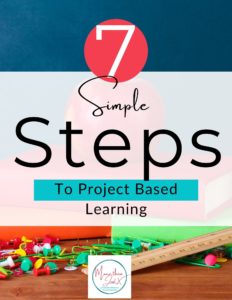
I follow a process of seven steps to project based learning. The project based learning steps, or phases, that each of my projects follows includes these 7 steps, which can be broken down further into milestones to help scaffold/steer the learning:
- Plan
- Launch
- Build Knowledge
- Develop Knowledge
- Critique
- Present
- Reflect
Grab this project-based learning steps pdf created just for you!
Step 1: Plan
When considering the steps in project based learning, most people think of the phases the students are going to work through (steps 2-7) and forget the most important step for project based learning to be successful: planning. After 10 years of following the same method for planning, I created a brainstorming template to streamline the process of planning. This template ensures my project is: standards aligned, authentic, real + relevant for my students, and appropriately challenging. Using the template also helps me start to think about the phases of the project and plan out the project based learning process students will go through.
My top tip: Determine which units/topics/standards you might want to design a project based learning experience around at the beginning of the year, then use the template to pre-plan!
Step 2: Launch
Launching your project is where you are going to pique your students’ interests and grab their attention. This phase introduces the essential question that is going to guide the inquiry for the remainder of the project. Additionally, this is your opportunity as the teacher to help students generate their own questions, often referred to as “Need to Know” questions. These questions will guide your students in their investigations, and will guide you in your lesson planning and design.
My top tip: Brainstorm as many of the need to know questions as you can think of before launching into the project so you can pre-plan lessons and activities!
Step 3: Build Knowledge
During the building knowledge step to project based learning, students are learning both the content and skills that are required to successfully answer the essential question. This step may take longer than the other steps, depending on how many questions you and your students have generated. You may also want to invite guests or guest teachers to your classroom to help you present project/skill content outside of your area of expertise.
There may be many milestones included in this step. I often break down milestones based on both student generated questions and content standards. See what I mean in this pic:
My top tip: Consider creating videos to help you deliver content. Project based learning can get “messy” during this stage, and videos helps you essentially clone yourself. Read more about how I use videos to support self-pacing within a project here: Taking a Modern Approach to Project-Based Learning
Step 4: Develop Knowledge
At this step of project based learning, students are applying what they’ve been learning to address the essential question. They’ve gathered background knowledge and practiced their skills are now utilizing that knowledge that knowledge to develop solutions to the essential questions.
My top tip: Ensure you are providing opportunities for students to develop their knowledge and skills while still learning and addressing additional need to know questions. I often include “Milestone Marker” formative assessments for each major chunk of content knowledge we’ve addressed. Students rely on these milestone markers to help them create their final products or presentations
Step 5: Critique
This is a great step to project based learning that encourages students to think more critically both of their own work and that of their peers. Students collaborate with their peers to discuss what they’ve been learning and their final products and can get feedback before the final presentation.
My top tip: Make sure you design a routine around providing effective critique and consider providing students with sentence stems to get started. My favorite sentence starters:
- I like _________ because________
- I wonder if ______________?
Step 6: Present
We’re almost done! The presentation step may only take a day, but it is a very important day! You’ll be amazed at the creativity your students express through their final products, and you (and others!) will learn a lot from the students as they engage in conversations about their learning to showcase the true depth of their knowledge and understanding.
My top tip: True project-based learning should have an authentic audience that often involves people outside of the classroom. Invite anyone relevant to this event! We’ve invited government officials, national climate experts, local business owners, etc. You’d be surprised how many people are willing to zoom in these days, if attending live and in person isn’t an option.
Step 7: Reflect
Reflecting is the true culmination of the project. This is a great opportunity for you to lead a discussion with your students about wins, challenges and changes. You can use this whole group reflection as a time to consider what changes you want to make the next time you design a project based learning experience for your class. Make sure you also reflect as the teacher for what your wins, challenges and changes will be for next time!
My top tip: Include both whole class and individual reflections! In the individual reflections, students can assess their own wins and challenges and set goals for what changes they will make in the next project!
What are some examples of project based learning?
Now that we know all of the steps, let’s some examples of project based learning.
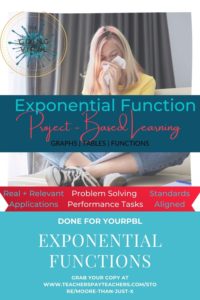
Going Viral is an all-encompassing plug + play project-based learning unit designed to get your algebra students exploring exponential functions through simulating and analyzing the spread of disease!
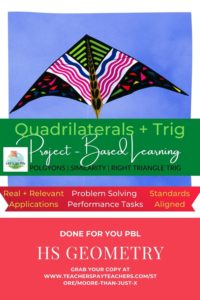
Let’s Go Fly a Kite is an all-encompassing plug + play project-based learning unit designed to get your geometry students exploring quadrilaterals, similarity and trigonometry through designing and flying our own custom kites! You can read all about how this differentiates from completing a “quadrilateral project”.
Both project-based learning units are broken down into milestones and include milestone markers to help you guide the learning! Get your hands one one today!
Wondering how to start project based learning? Want some guidance in the planning process?
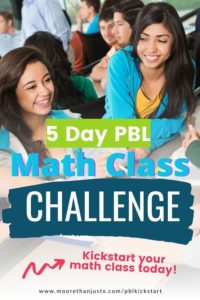 You’re in luck! I developed a 5-day on demand video series that walks you through
You’re in luck! I developed a 5-day on demand video series that walks you through
- What PBL is and isn’t
- Keeping it real + relevant
- Selecting units and standards
- Designing your first project
- Making sure your project is reusable in the future
All of that and more when you sign up to Kickstart your Math Class today!

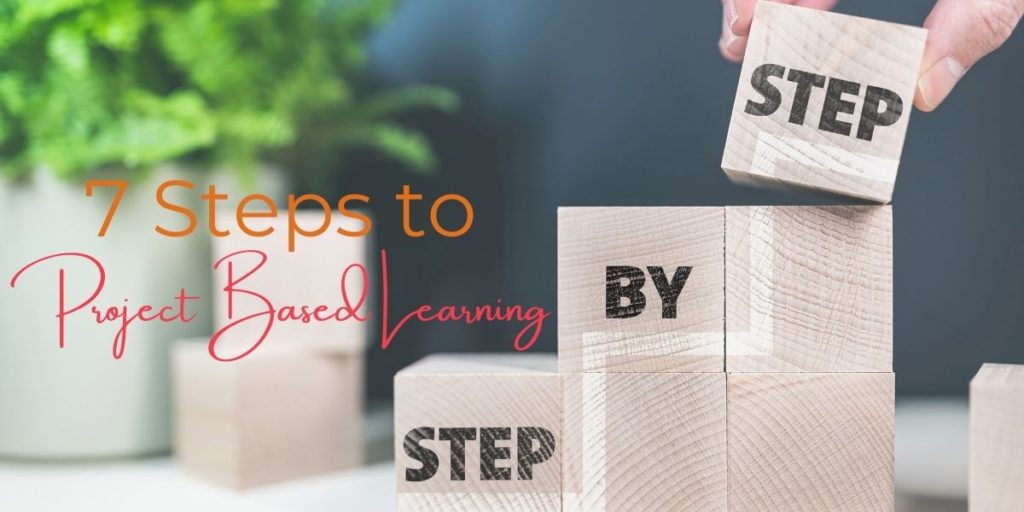
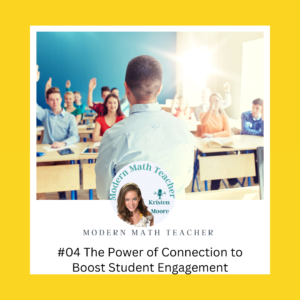

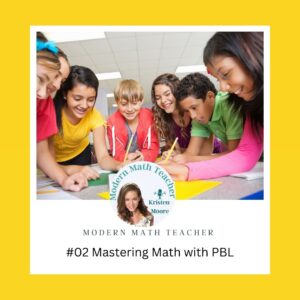


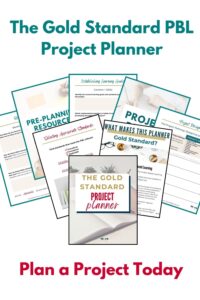
One Response